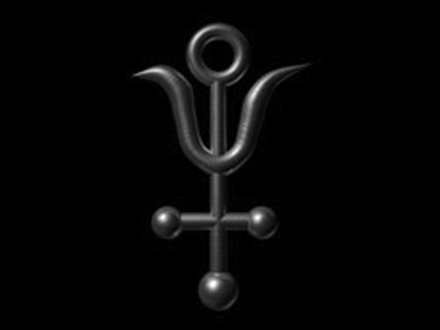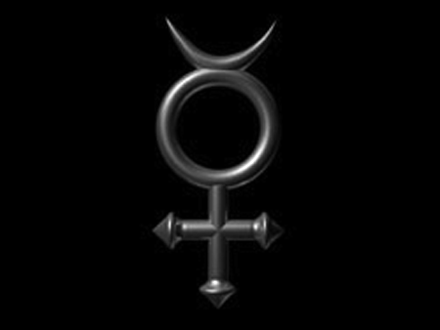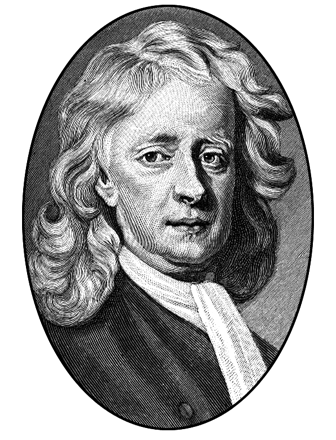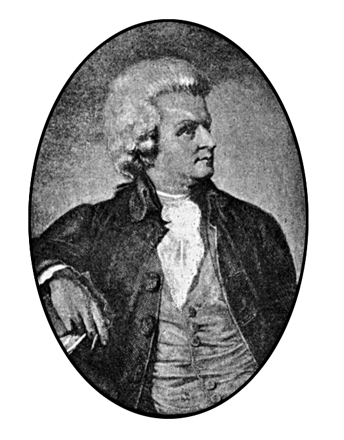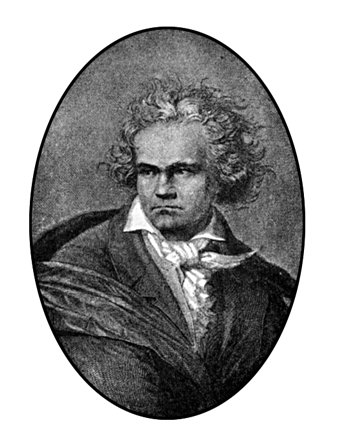The Dark Side of the Periodic Table
- Dan Collinge, BA
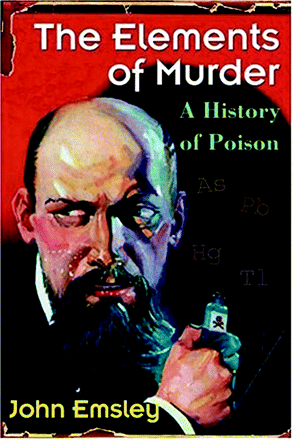
The Elements of Murder John Emsley. New York: Oxford University Press; 2005, 448 pages. $30.00 ISBN: 0192805991
It’s best to have a macabre sense of humor and a twisted fascination with the criminal mind when reading John Emsley’s The Elements of Murder. A fondness for chemical formulae wouldn’t hurt either. Chemistry majors who spend their nights watching Law & Order instead of studying would probably enjoy the book. But the non-scientifically inclined need not worry—a degree in Chemistry is not a prerequisite. A sense of humor, however, is key. Otherwise how could you truly appreciate the inherent hilarity of swallowing balls of antimony to relieve constipation (then retrieving said ball from stool for later use), eating arsenic to strengthen (yes, strengthen) the immune system, or generously applying an ointment made from mercury to your skin to treat ringworm (or syphilis), or any other formerly accepted practice of medicine? Fortunately for us, Emsley, a Briton, has a keen eye for the absurd, and this makes his book (mainly) a pleasant stroll through the “darker side of the periodic table.”
Emsley focuses primarily on five poisonous elements, all of which have been used in various ways in human history and all of which to some degree are already found in our bodies. These five terrors are mercury, arsenic, antimony, lead, and thallium. The book is correspondingly divided into five major sections with each murderous metal getting its moment in the spotlight. There are other poisonous elements (oh yes there are!) that people occasionally ingest, inhale, absorb, and these are briefly illuminated in Emsley’s closing chapter. For example, you could die from: barium, beryllium, cadmium, chromium, copper, fluorine, nickel, potassium, selenium, sodium, tellurium, or tin. It’s enough to make anyone want to live in a bubble, especially after reading one of Emsley’s unsettlingly thorough, matter-of-fact recitations of just what exactly happens to you if a certain element should “slip” into your cocktail. (Usually a slow and painful death in case you were curious.) Toxic though beryllium might be, however, it just isn’t sexy enough for a whole chapter.
After a brief foray into alchemy in which we find out that two of our more famous scientist/alchemists—Newton and Boyle—were probably driven just a little crazy by mercury fumes, we dive right in. First up is, in fact, mercury, beginning with the cheerily titled chapter: “Mercury Poisons Us All.” Here we discover that not only is mercury abundant in the environment and particularly in fish, but it’s also present in millions of teeth in the form of fillings, and for many years was a common ingredient in medicine. A table lists a myriad of the element’s onetime medicinal uses. Incidentally, most of the heavy-duty science (chemical formulae, etc.) is contained within tables, appendices, or footnotes, which improves the readability of the book. The science is there to look up if you want it, out of the way if you don’t want to be bothered. All in all, Emsley says, “about one person in ten has a level of mercury in their body that would make them unsuitable as food for any cannibals who followed the nutritional guidelines regarding excess mercury levels in meat.” A great, absurd line, but a chilling and entirely real fact.
Each section follows the same basic pattern. The first chapter expounds upon the widespread, idiotic, and tragicomic ways the five poisons have been used industry and medicine, as well as recounting the symptoms of a poisoning. Never pretty. In the ensuing chapter we read about famous cases of accidental poisonings. Some notable examples include Mozart, who may have died as a result of being administered antimony-based medicine, and Beethoven, who perhaps succumbed to chronic lead poisoning as a result of drinking out of lead-glazed vessels. Even Napoleon may have been done in by arsenic fumes given off by the wallpaper in the house he lived in while in exile on the island of St. Helena. [Ed.: For more on the dual nature of arsenic, see the Reflections article by Stanley Scheindlin in the April 2005 issue of Molecular Interventions.] More recent examples include a disputed link between antimony fire-retardant and SIDS (Sudden Infant Death Syndrome) and a possible connection between mercury and autism. Usually, Emsley presents us with every conceivable side of an argument, but reserves judgment, allowing us to draw our own conclusions. Of course this thoroughness can occasionally be trying, and the flow of the book is not always even because most of us will want to get on to the last chapter of each section—the murders.
Murder by poison is a “dying art,” Emsley puns—its waning popularity owing largely to improved forensic science. But even before chemistry “spoilt the fun,” successful murder by poison and evasion of justice was truly an art form, and one that was frequently bungled by would-be poisoners. Take the case of Sir Thomas Overbury (1581–1613), poet and advisor to the throne of England. After three failed attempts using mercury and arsenic, it was finally a mercury enema that finished him off, an ignoble fate to be sure. Who did it, why, and how make up the bulk of a whole chapter—the script copied straight from an episode of CSI—or not really but you get the point. Emsley’s mini-dramas typically include background sketches for each character, lists of motives, centuries-old witness testimony (even quotes), courtroom verdicts, and finally the executions. In fact, no section is complete without at least a mention of the murderer’s ghastly demise. Maybe the author needs closure.
The murder sections read quickly and are engrossing, thanks in large part to Emsley’s ability to provide emotional substance to historical figures. In this effort, however, the prose is at times a bit overwrought. Furthermore, although Emsley’s attention to detail is one of his strengths, he occasionally gets carried away. I’m not sure it’s entirely necessary to know the monthly rent of an apartment in 1882’s Plumstead, England, or how the rooms were arranged. There are also a few frustrating instances where he begins a story, then drops the thread completely. Specifically, he mentions that two of his characters may have been Jack the Ripper. The first claim, about a man named James Maybrick (whose wife lovingly nursed him to death on a regimen of arsenic-tinged medicines), was based on some obscure passages found in an old diary. But Emsley merely dismisses the allegation as “dubious.” Later he notes that an antimony poisoner known by the alias George Chapman was also suspected of being the infamous Jack, this time by the chief investigator of the Ripper murder case. Again, the author calls this “doubtful,” and proceeds to let go the tale on the grounds that it doesn’t add to the poison angle. He’s right of course, but given the amount of details crammed into the book, couldn’t he have spared another paragraph or two discussing why each claim was so improbable?
Nevertheless, if you can navigate through the heaps of information and not get too discouraged by the occasional paths that go nowhere, you will be rewarded by the author’s love of the subject. Emsley is clearly fascinated and amused by this stuff, and The Elements of Murder is infused with his morose delight. Embrace the dark side of the periodic table and you too might learn to appreciate the dying art of murder by poison. Just try not to think about the elements around you.
- © American Society for Pharmacology and Experimental Theraputics 2006

